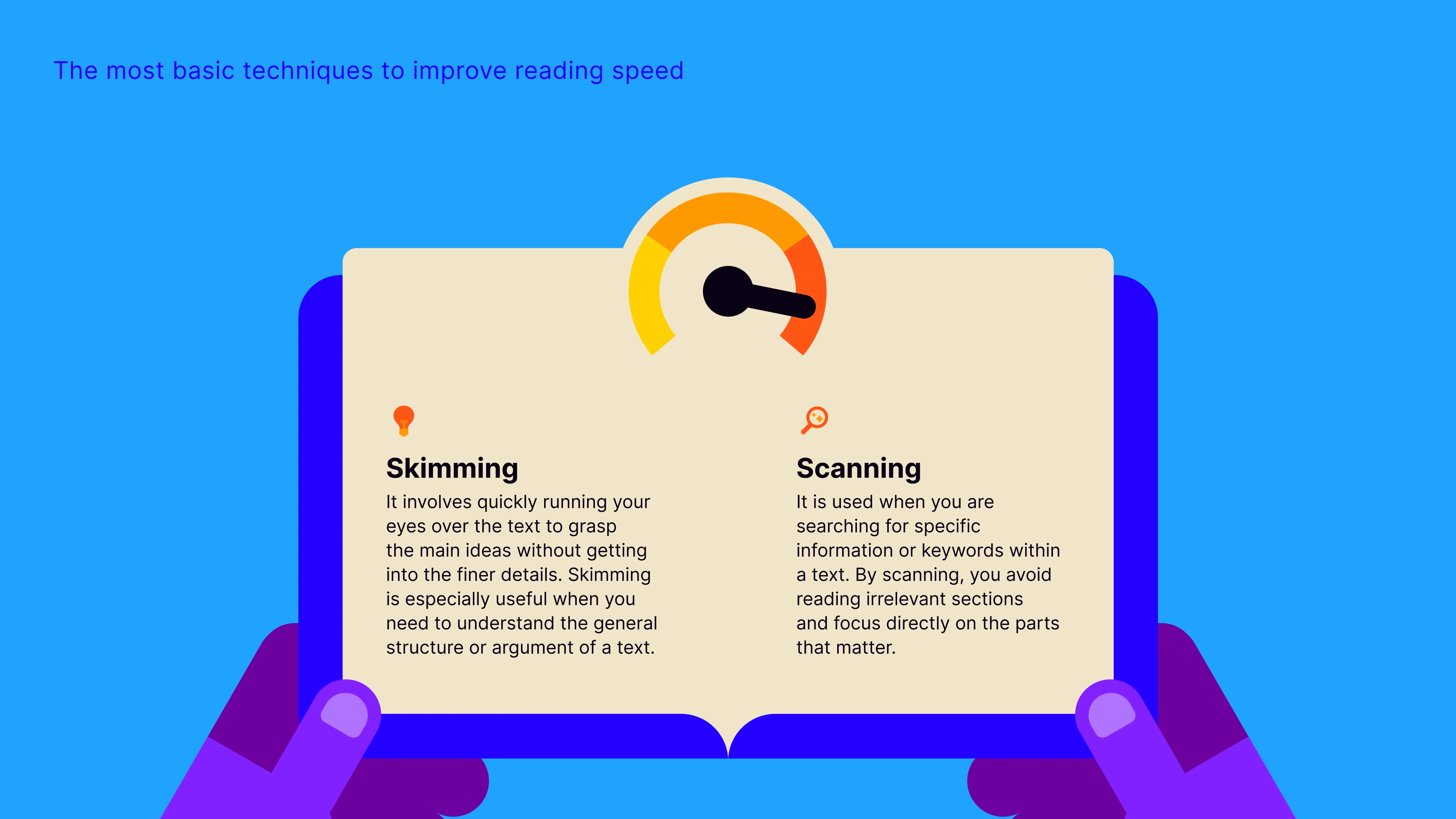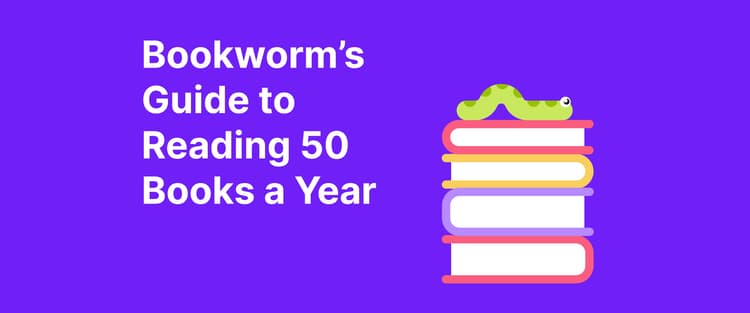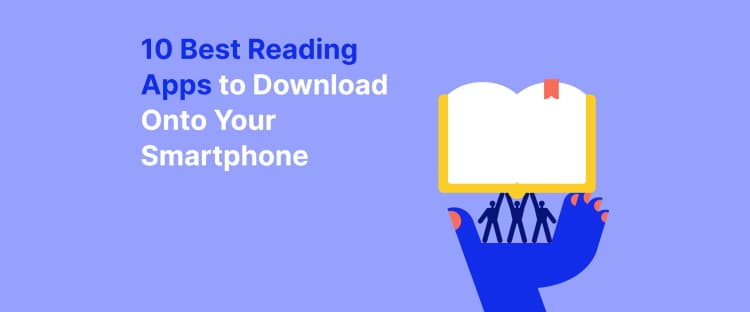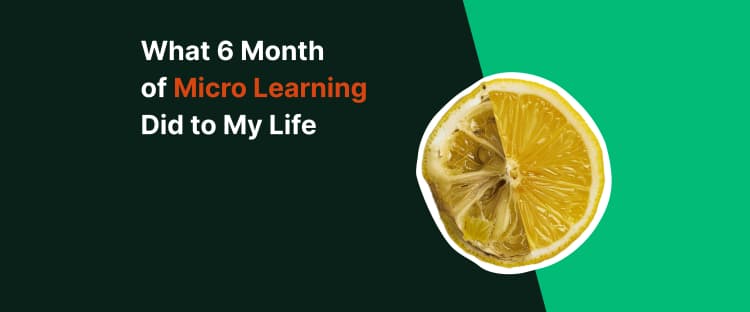"How can I read faster and remember more?" — if you have ever asked such a question, you are not alone. Whether you're preparing for an exam, reading non-fiction books or classic English literature, learning to speed read can make a huge difference in your personal and professional growth, even if you consider yourself a slow reader now.
Quick tips for speed reading:
To read faster, try these hacks and practical techniques:
Skim the text
Scan the material and set reading goals
Read the text in chunks (2-3 words at a time)
Use your finger or a pen as a visual guide
Ask questions and summarize new material
Learn more about the power of good habits in the summary of 'Atomic Habits' by James Clear on the Headway app.
How to improve your reading speed: 4 proven techniques
Let's explore some exercises, techniques, and tools that can help you improve your reading speed.

1. Skimming
The most basic technique to start with is skimming.
It involves quickly running your eyes over the text to grasp the main ideas from the title, table of contents, and intro without getting into the finer details. Skimming is also useful when you need to understand the general structure or argument of a text.
2. Scanning
This method helps you grasp the main idea faster.
You scan the text to search for specific information or keywords. By scanning, you avoid reading irrelevant sections and focus directly on the parts that matter.
3. Chunking
Chunking is a technique where you read groups of words together instead of reading each word individually.
How to chunk works:
Practice reading with small groups, such as two or three words at a time. Then, increase the size of the chunks as you become more comfortable.
This method helps reduce the time spent moving your eyes from one word to another, which can significantly improve your reading speed.
4. Using a visual guide
In many cases, using your finger, a pen, or a pointer as a visual guide is a simple yet effective way to improve reading speed.
Why it works:
A visual guide helps you maintain focus and prevents your eyes from wandering. It also encourages your eyes to move smoothly across the line of text, which can help increase your reading pace.
Speed reading without losing comprehension: Here's how
To get the most out of speed reading, it's essential not just to read quickly, but to understand and retain the information. Active reading is a powerful approach to achieving this.

Active reading: Understand more while reading faster
Engaging in active reading is crucial to ensure that you comprehend what you are reading while speeding up. Active reading involves interacting with the text by questioning, summarizing, and making connections.
Questioning: As you read, ask yourself questions about the content. What is the author’s main point? What evidence is being presented? How does this information relate to what I already know?
Summarizing: After finishing a section, try to summarize the main ideas in your own words. This reinforces understanding and retention.
Making connections: Relate the material to your own experiences or other knowledge areas. This can make the information more meaningful and easier to recall later.
Why subvocalization slows you down – and how to overcome it
Subvocalization (derived from vocalization and vocal) is the habit of silently pronouncing individual words in your head as you read, which can significantly slow down your reading speed.
How to reduce subvocalization
To reduce subvocalization, try focusing on the meaning of the text rather than the sound of the words.
Try to read faster than your inner voice can keep up. This will force your brain to process the text visually rather than audibly and improve the quality of your reading time.
Train your eyes to read faster: Infinity method and more
In search of alternatives, many choose to listen to podcasts, audiobooks, or bloggers. However, switching to audio will not solve the problem of reading regression, back-skipping, or re-reading if we do not do anything with developing our reading abilities. Engaging in eye and brain exercises will boost your reading skills and support your speed reading journey.

Infinity technique
Just like any other muscle, your eye muscles can be strengthened with eye exercises. One effective way to train your eye muscle is the infinity technique.
Draw a large infinity symbol (∞) on a piece of paper and trace it with your eyes. This exercise improves your eye movement control and helps reduce eye strain, which can be a limiting factor in speed reading.
Mental exercises
To enhance your focus and reduce distractions while reading, incorporate some mental exercises.
Focus drills: Set a timer for 2 minutes and try to read as much as you can without losing focus. Gradually increase the time as your concentration improves.
Visualization: Before you start reading, visualize the key points or arguments you expect to encounter. This primes your brain to recognize and remember the important information as you read.
Peripheral vision: The term "peripheral" comes from the Greek word "peripheria," meaning "circumference" or "around." Peripheral vision refers to the ability to see objects outside the direct line of sight at the edges of the visual field. It allows you to capture multiple words or phrases at once, reducing the need for frequent eye movements.
Best speed reading tools and resources to try
A variety of tools and resources, including apps, courses, and books, are available to enhance your speed reading journey. These can help you practice, improve, and track your progress.

Apps and tools
Several apps and tools to help you practice speed reading and track your progress are readily available.
Spreeder: A popular digital tool for improving speed reading skills.
Spritz: This app uses Rapid Serial Visual Presentation (RSVP) to display one word at a time, helping you read at faster speeds.
Accelareader: A simple online reading productivity tool.
Headway: An app offering concise book summaries for personal growth. While it doesn’t include speed reading tools specifically, it can greatly reduce your time spent on reading books.
Online courses and books
For those who prefer a more structured approach, online courses and books can provide in-depth training.
Courses: Udemy and Coursera offer various courses on speed reading techniques that cater to different skill levels, for example:
Udemy → 10X SUPERHUMAN Learning: Speed Reading & Memory Booster. This is a 14-hour online course teaching speed reading, memory enhancement, and effective learning strategies for better retention.
Coursera → Learning How to Learn: Powerful mental tools to help you master tough subjects. This course, led by Dr. Barbara Oakley and Dr. Terrence Sejnowski, covers valuable techniques for improving learning efficiency, including reading strategies. Financial aid is available.
Books: Aside from the books (such as ‘How We Learn’ by Benedict Carey and 'How to Read a Book' by Mortimer J. Adler and Charles Van Doren) available on the Headway app, consider reading 'Speed Reading for Dummies' by Richard Sutz. This book focuses on eliminating poor reading habits, developing effective speed reading techniques, and improving overall reading comprehension.
How to building a daily reading habit that sticks
Now, what do we do with all the hacks, tools, and resources we've just learned about to read faster?
Set goals and track progress
To stay motivated, it's important to set clear reading goals and track your progress over time.
Goal setting: Start by setting realistic goals, such as reading a certain number of pages or chapters each day. Gradually increase these goals as your speed improves.
Tracking: Use a reading log or app to track your reading speed and comprehension levels. This will help you see your progress and identify areas where you need improvement.
Stay consistent
Like any skill, speed reading requires consistent practice. For example:
Daily practice: Dedicate at least 15-20 minutes each day to practicing speed reading techniques. Over time, this will help you build the muscle memory needed to read faster without sacrificing comprehension.
Create a favorable environment: Ensure that your reading environment is free from distractions. Good lighting, a comfortable chair, and a quiet space can make a difference in your reading efficiency.
Speed reading advice from top experts
Experts emphasize that the key to successful speed reading lies in balancing speed with comprehension.

Get focused
According to mental performance coach and bestselling author, Kam Knight,
"Speed reading is not just about reading fast; it's about reading with purpose. By setting clear goals and focusing on the material that is most relevant to you, you can achieve a balance that allows for both speed and deep understanding."
Knight underlines the importance of this approach by stating,
"Since purpose has such power, anytime you sit down to read, set a goal or purpose. Determine beforehand what you want or hope to gain from the material."
If you're looking to really improve your speed reading skills, Kam Knight's 'Speed Reading: Learn to read a 200+ page book in 1 hour' might be the right book for you.
Break down into chunks
Micro-learning experts Karl M. Kapp and Robyn A. Defelice further advise in their book 'Microlearning Short and Sweet:'
"When designing microlearning, you need to decide what you want the participant to do, not what they need to know."
They highlight the importance of breaking down large volumes of information into smaller, more manageable chunks. This approach is particularly effective in speed reading, as it aligns with the chunking technique discussed earlier.
Master speed reading with Headway book summaries
By incorporating the strategies discussed in this guide, you can significantly increase your reading speed while maintaining a high level of comprehension. And remember, the goal of speed reading is not just to read faster but to read smarter. Our Headway app contains bite-sized versions of bestselling books that can help you develop a speed reading habit. Try 'Ultralearning' by Scott H. Young to keep up with a fast-paced learning environment and 'Self-Discipline in Difficult Times' by Martin Meadows to develop positive life habits.
With smart, expert-guided hacks from these top authors, you can grasp new concepts in no time and learn with ease!
Frequently Asked Questions
What is speed reading and how does it work?
Speed reading is a method that enhances your ability to process and retain information quickly and efficiently. It is the technique of swiftly identifying and absorbing entire phrases or sentences rather than concentrating on single words.
What are the benefits of speed reading?
The practical benefits of speed reading include: efficiency – the ability to cover more material in less time; improved focus – the ability to develop your concentration skills, overall focus, and attention span; enhanced comprehension – the ability to reduce the likelihood of getting bogged down by less important details.
How do you figure out how fast you can read?
The average reading speed is about 200-300 words per minute (wpm). However, speed readers can reach 700-1000 wpm while still maintaining a good level of comprehension! To measure your current reading rate, you need to count the number of words you can read per minute.
Can anyone learn to speed read?
There is a common misconception that speed reading is only for gifted individuals. In reality, anyone can increase their reading speed. Focus-improving exercises such as skimming, scanning and chunking, visual pacer methods, and subvocalization reduction will help you with that. This skill is particularly useful for those who need to process large volumes of text (students, scholars, journalists, or other professionals) such as articles, books, or business data.







